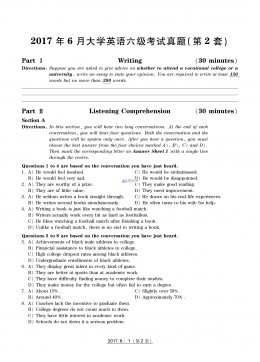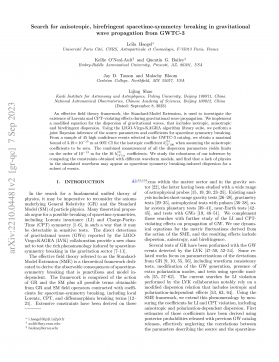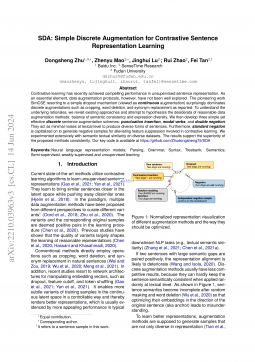Protocol for an Observational Study on the Eects of Giving Births from Unintended Pregnancies on Later Life Physical and Mental Health
ProtocolforanObservationalStudyontheE ectsofGivingBirthsfromUnintendedPregnanciesonLaterLifePhysicalandMentalHealthSamratRoyDepartmentofStatisticsandDataScience,UniversityofPennsylvaniaemail:roysa@wharton.upenn.eduMarinaBogomolovIndustrialEngineeringandManagement,Technion-IsraelInstituteofTechnology...
相关推荐
-
Michael Moorcock - Elric 6 - StormbringerVIP免费

 2024-12-08 6
2024-12-08 6 -
Michael Crichton - PreyVIP免费

 2024-12-08 11
2024-12-08 11 -
Mercedes Lackey - WintermoonVIP免费

 2024-12-08 7
2024-12-08 7 -
Mercedes Lackey - SE 1- Born To RunVIP免费

 2024-12-08 8
2024-12-08 8 -
Mercedes Lackey - Heralds of Valdemar 1 - Arrows Of The QueeVIP免费

 2024-12-08 9
2024-12-08 9 -
Melville, Herman - TypeeVIP免费

 2024-12-08 14
2024-12-08 14 -
MaryJanice Davidson - [Betsy 5] - Undead and Unpopular (v1.0)VIP免费

 2024-12-08 18
2024-12-08 18 -
Marion Zimmer Bradley - Darkover - The Heirs of HammerfellVIP免费

 2024-12-08 19
2024-12-08 19 -
MacDonnell, J E - 096 - Execute!VIP免费

 2024-12-08 15
2024-12-08 15 -
Lovecraft, H P - The Dream Quest Of Unknown KadadthVIP免费

 2024-12-08 21
2024-12-08 21
作者详情
相关内容
-

2017年6月大学英语六级考试真题(第2套)
分类:外语学习
时间:2025-04-11
标签:无
格式:PDF
价格:5.8 玖币
-

2017年6月大学英语六级考试真题(第1套)
分类:外语学习
时间:2025-04-11
标签:无
格式:PDF
价格:5.8 玖币
-

2015年12月英语四级考试真题(第1套)
分类:外语学习
时间:2025-04-11
标签:无
格式:PDF
价格:5.8 玖币
-

2015年12月英语四级考试真题(第1套)
分类:外语学习
时间:2025-04-11
标签:无
格式:DOCX
价格:5.8 玖币
-

2011年12月大学英语六级真题
分类:外语学习
时间:2025-04-11
标签:无
格式:DOC
价格:5.8 玖币




 渝公网安备50010702506394
渝公网安备50010702506394
